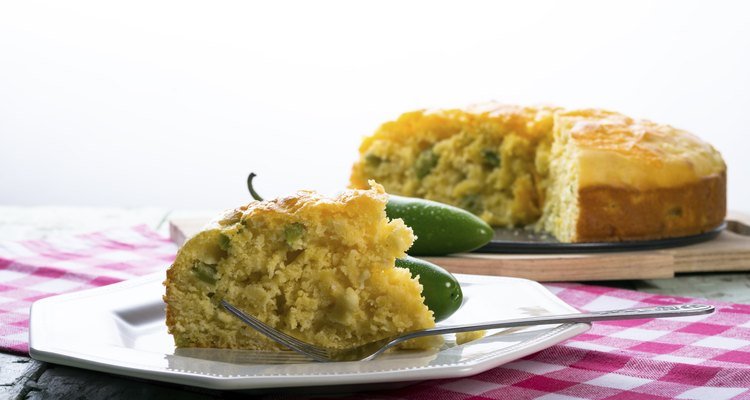
Boyrcr420/iStock/Getty Images
Buttermilk, made by adding culture to milk, much like yogurt, is most commonly used for baked goods, including quick breads, such as biscuits and muffins. Buttermilk has a very pronounced tangy taste and thick texture, which comes from the presence of lactic acid. It is this sourness that makes buttermilk such an important ingredient in foods, helping keep baked goods moist and light.
Leavening Ability
The acidity in buttermilk is important for helping leaven quick breads, which are made without yeast, and depend on an acid-base reaction to keep breads light and fluffy. The acid found in buttermilk reacts to bases — most commonly baking soda — creating carbon dioxide gas. The gas presents itself as small bubbles throughout the batter or dough, giving the quick breads their light, airy structure. However, because this chemical reaction is not long lasting, goods made with buttermilk as a leavening agent need to be cooked soon after mixing; otherwise, the bubbles will deflate, leading to heavy, dense-textured foods.
Softens Gluten
Buttermilk’s high acid content also helps keep baked goods moist and tender by breaking down gluten. A protein found in wheat flour, gluten gives baked goods their structure. A lot of gluten is not good for quick breads, as the protein adds chew and density to foods. The presence of buttermilk in these recipes helps to soften the tough strands. This leads to breads with a softer texture.
Flavor, Moistness and Color
Buttermilk also adds a distinctive taste to foods — the sourness of the liquid is mellowed out by the other ingredients, but it adds a welcome note of brightness. It also helps keep foods moist, as the high viscosity of the liquid means it takes longer for moisture to evaporate during the baking process. The viscosity also creates a creamy texture in foods. In turn, the acidity of buttermilk helps prevent some foods, namely cherries and walnuts, from developing a blue tinge in muffins and other baked goods.
Substitutes
If you do not have buttermilk at home, replace it with a soured dairy product for a similar taste and effect, although the results will not be exactly the same. You can water down yogurt and sour cream to the consistency of buttermilk. You can also add acid to regular milk, making sour milk. Use white vinegar, apple cider vinegar or lemon juice, adding a small amount to milk and letting it stand for several minutes until the milk has curdled and solidified slightly. While yogurt and sour cream will provide a slight tang to your food, soured milk will not add much in way of flavor, although it will still help with leavening.
Related Articles

What Is the Difference Between Scones & ...
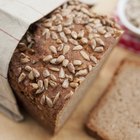
Russian Rye Bread vs. Pumpernickel

How to Use Buttermilk That Has Passed ...

How to Keep Scalloped Potatoes From ...
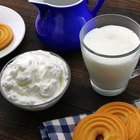
How to Substitute Cream for Buttermilk

Can I Make Boxed Devil's Food Cake Mix ...
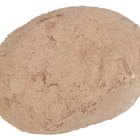
Do Snickerdoodles Need Cream of Tartar?
How to Use Yogurt or Sour Cream Instead ...
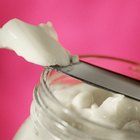
How Emulsifiers Stop Oil & Water From ...
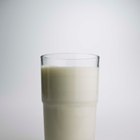
How to Cook With Lactaid

Can I Use Baking Powder to Thicken ...

Can I Substitute Vanilla Yogurt for ...
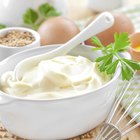
How to Replace Eggs With Mayonnaise
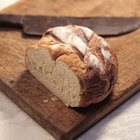
Does Heat Kill Lactobacillus Bacteria ...

How to Make Bread Tender

What Are the Causes of Pie & Pastry ...

Can You Substitute Yogurt for Milk in ...
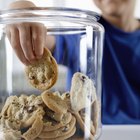
Can Humidity Affect Cookies?
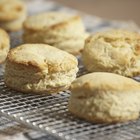
Butter Substitute for Baking Scones

Whole Eggs Vs. Egg Yolks for Sweet Bread
References
- Fine Cooking: For Tang and Tenderness, Bake With Buttermilk
- New York Times: Buttermilk, Often Maligned, Begins to Get Its Due
- Serious Eats: How to Make Sweet and Moist Northern-Style Cornbread With a Crust a Southerner Would Be Proud Of
- Slate: You're Doing It Wrong - Pancakes
- Fine Cooking: Taking Control of Gluten
Writer Bio
David Grimes has worked professionally as a chef since 2002, in settings as wide-ranging as a corporate caterer and as a sous chef in a Michelin-starred French restaurant. He has been writing about food since 2009 and published in "Time Out New York" and "Food and Wine" magazine.
Photo Credits
Boyrcr420/iStock/Getty Images